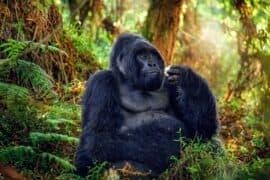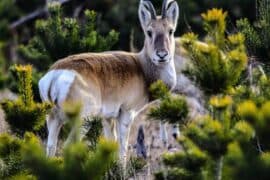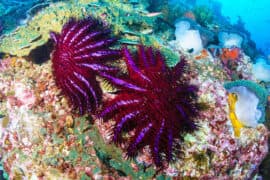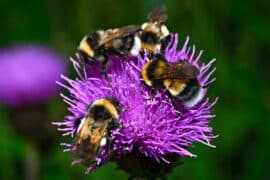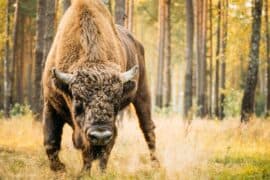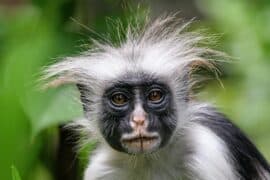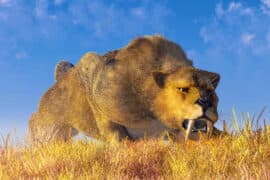Common patas monkey
(Erythrocebus patas)
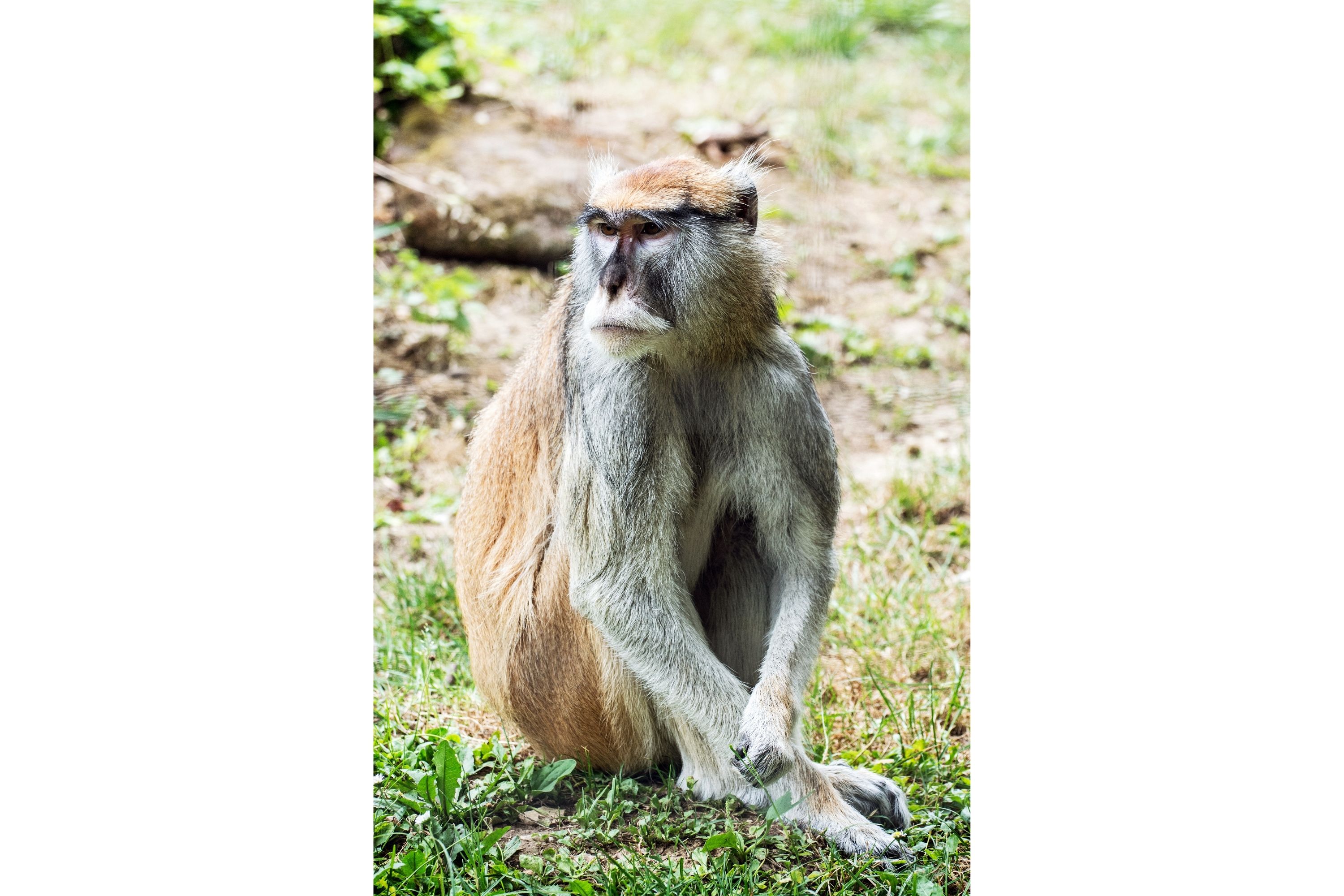
Description
The common patas monkey (Erythrocebus patas), also known as the wadi monkey or hussar monkey, is a ground-dwelling monkey distributed over semi-arid areas of West Africa, and into East Africa. There is some confusion surrounding if there are valid subspecies, with some listing four, others three, and others listing two: the western Erythrocebus patas patas (with a black nose) and the eastern E. patas pyrrhonotus (with a white nose). However, it was later discovered that the nose colour used to separate these subspecies could change to white during pregnancy in females, as well as in general as animals aged, and E. patas pyrrhonotus in Kenya often did not have white noses, thus Mammal Species of the World has classified E. patas as a monotypic species The male common patas monkey grows to 60 cm (24 in) to 87 cm (34 in) in length, excluding the tail, which measures 75 cm (30 in). Adult males are considerably larger than adult females, which average 49 cm (19 in) in length. Adult males average 12.4 kg (27.3 lb) and adult females 6.5 kg (14.3 lb), showing a high degree of sexual dimorphism. Reaching speeds of 55 km/h (34 mph), it is the fastest runner among the primates. The life span in the wild can be up to about 20 years. It is found in many parts of central, western, and eastern Africa. It also has been introduced to Puerto Rico. The species avoids dense woodlands and lives in more open tropical savanna. The common patas monkey lives in multi-female groups of up to 60 individuals (although much larger aggregations have been reported). The group contains just one adult male for most of the year. During the breeding season, there are multi-male influxes into the group. Once juvenile males reach sexual maturity (around the age of four years) they leave the group, usually joining all-male groups. The adult females in the group initiate movement of the group with the male following their lead. The common patas monkey feeds on insects, gum, seeds, and tubers, a diet more characteristic of much smaller primates.
Taxonomic tree:

